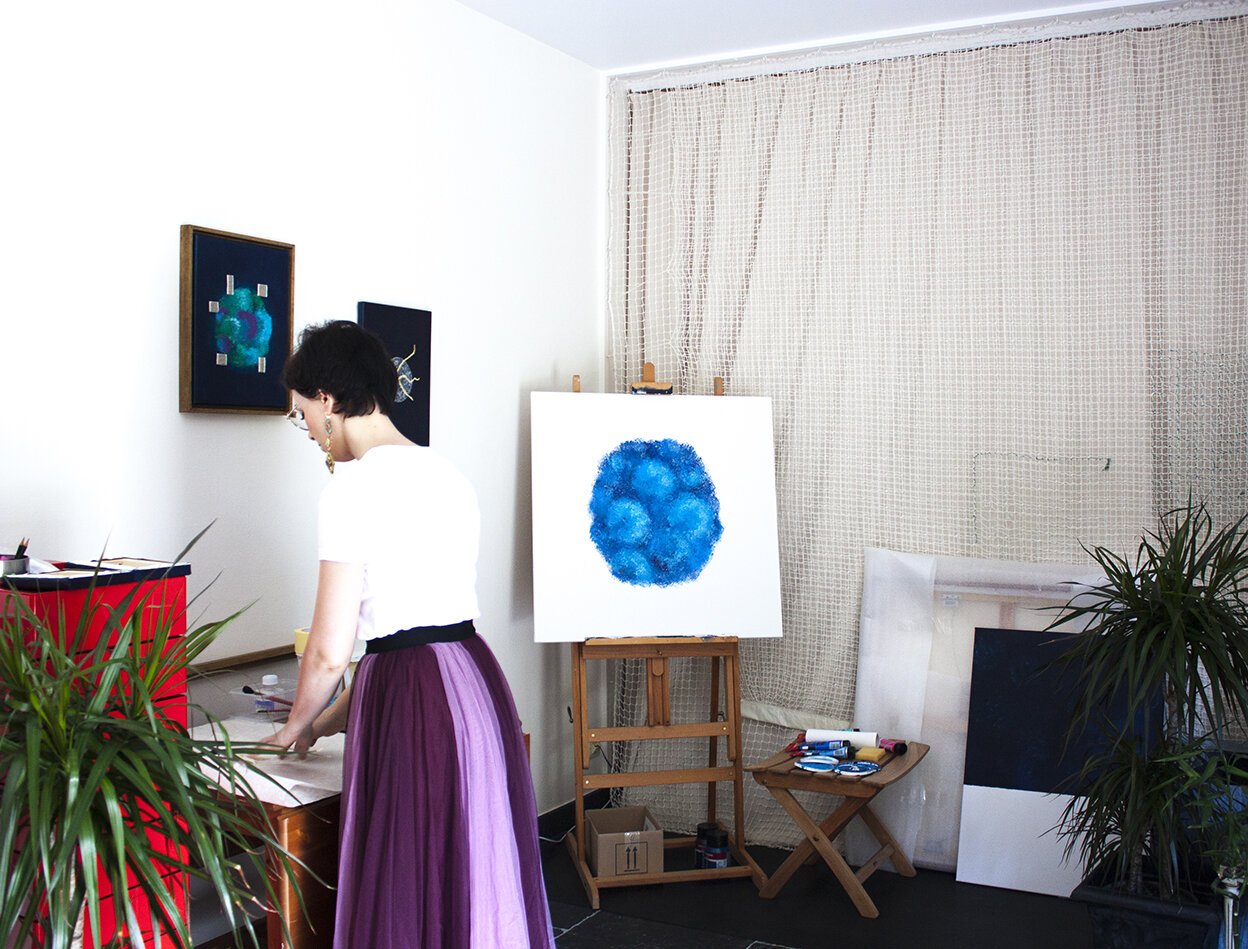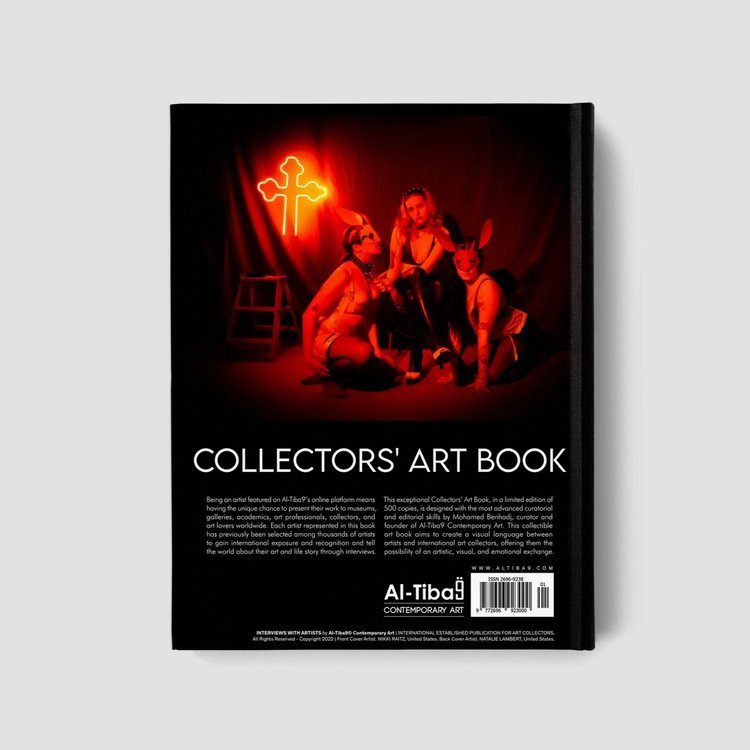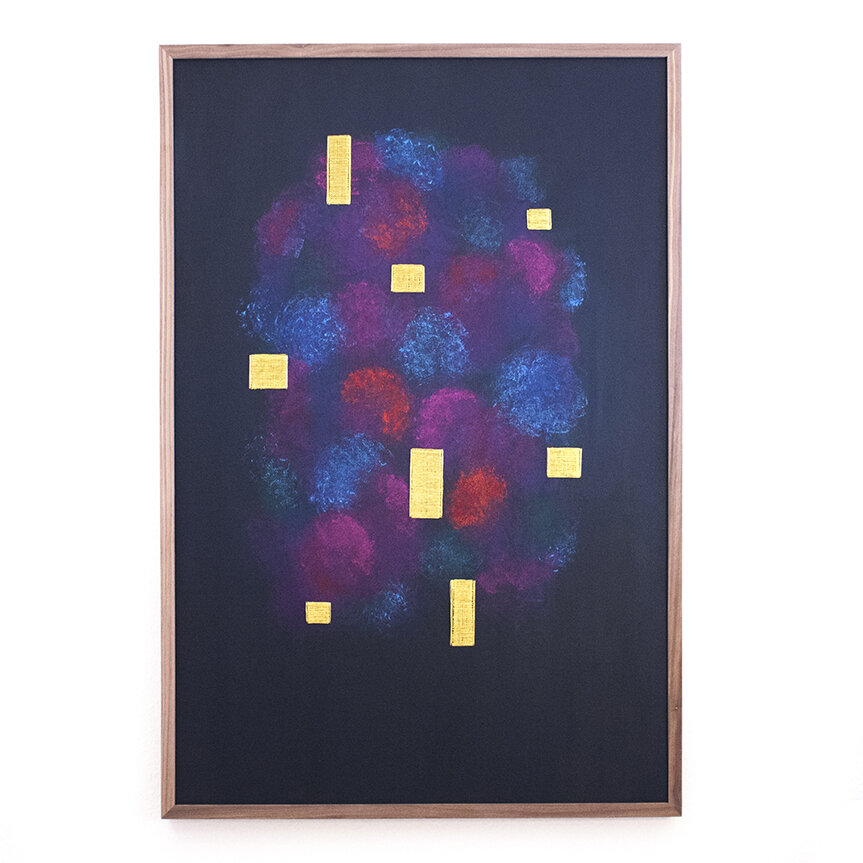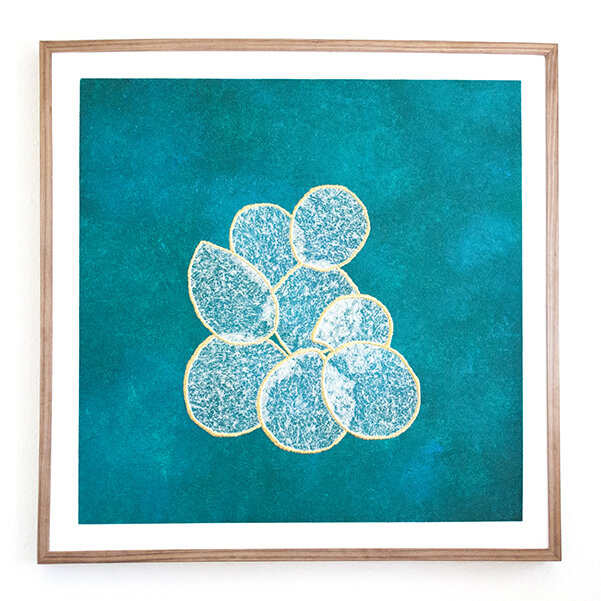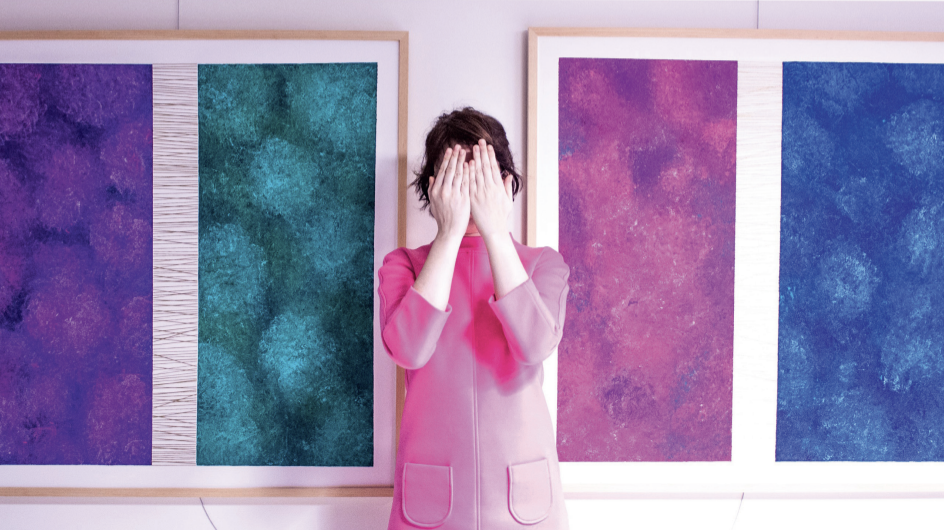10 Questions with Stéphanie Poppe
Born in 1984 in Antwerp, Stéphanie P.J.E. Poppe is a paper and embroidery artist influenced by her family’s historical background in the textile industry. Her education in art history and restoration of works on paper has further shaped her artistic practice. Stéphanie is based in Belgium and works between Belgium & France.
Since 2013, she started developing her own artistic style, calculated yet intuitive, always remaining curious about the synergistic relationship between art and architecture, nature and culture, history, and the present—the harmonious state of coexistence between a more permanent condition and the ephemeral. Like a spider, she creates intricate yet minimalistic structures that reflect this fragile equilibrium. A recurring theme is a synergy between urban and rural life – how both are interdependent and can be complementary. Patience, balance, and harmony are key concepts in her art.
Stéphanie Poppe “I don’t believe art needs to convey any kind of specific message. It can be a powerful medium though, but it doesn’t have to be per se. Art, in my opinion, has to generate emotions, positive emotions preferably – peacefulness, balance. Those are notions and emotions that I try to reflect in my work. Atmospheres that reflect harmony can be found anywhere, even in the busiest urban environments. Synergies between rest and action, past and present, nature and culture. The harmonious state of coexistence between a more permanent condition and the ephemeral. The balance between elements, balance in materiality, balance in time. At times, the world can be such an unsparingly rough place, and I believe it is important to look for those atmospheres and harmonies. To have the patience to look for them. They can be temporary (like rain reflecting in streetlights) or lasting. They keep us balanced in this fast-paced world and bring us back to the essentials.”
Stéphanie Poppe©
Please describe the intention behind your art. How do you successfully express this intention?
The main intention is to represent balance and synergies. Synergies between rest and action, past and present, nature and culture. The harmonious state of coexistence between a more permanent condition and the ephemeral. I express this in the use of my colours and usage of materials.
Can you talk a little about your formative years as an artist?
I have been painting and drawing for as long as I (and my closest family members and friends) can remember. I have been educated in art history and paper restoration and have an affinity with fiber and thread because of my family. The use of both thread and paper in my art came gradually and naturally. Over the years, I tested different techniques, a long trial, and error path, until I found the best way to work both materials.
Natures artificielles, périanthe
Natures artificielles
Can you talk about the relation between "Synergies," "Natures artificielles," and "Fragiles"?
My three series of works are interconnected and can be presented together as a whole. They are all influenced by the synergies of our daily life, the connections between nature and culture, between what's natural and human-made. That is the common thread throughout my artistic body.
What inspired this artistic expression?
Traveling, my family history, and my education. Japanese culture, too, for some part. My grandparents traveled quite a lot to Japan for business, so I grew up hearing stories about this country during my formative years. Later, during my studies, I started to get more interested in its history. Then, another link was created as I continued my specialization in paper restoration. For the restoration and conservation of paper, we often use Asian paper (Kozo paper). It is an exceptionally fine and sturdy material.
Stéphanie Poppe©
What is your creative process like?
Inspiration comes continuously and naturally. The world around me inspires me constantly. It is both a blessing and a curse. Therefore, I always carry a notebook to write and draw down ideas. It can be just a little scribble, but it helps me memorize. Then I let these ideas mature in my head for a while. If it sticks, I start the practical creation process.
What aspect of your work do you pay particular attention to?
It's all in the details. I can be very meticulous. Since my works are a prolongation of my vision of the world, a part of my inner self, I tend to pay a lot of attention to small details. Maybe this also has something to do with my education; in the restoration domain, you learn to work meticulously and deliver clean results.
Fragiles - Ombrage - 2020, Stéphanie Poppe©
Natures artificielles - Ecume, Stéphanie Poppe©
What current series are you working on?
I am currently working on a series called 'Blooming cities' (2022/2023).
Do you have any upcoming shows or collaborations?
At the moment, I am organizing an exhibition, 'Les roses Noires' (2021/2022). I also have several exhibitions planned for 2022.
What role does the artist have in society?
I believe art can be a powerful medium to convey a specific message, but it does not have to be. Art, in my opinion, has to generate emotions; positive emotions, preferably - harmony, peacefulness, balance. Those are notions and emotions I try to reflect in my work: the balance between elements, materiality, and time - balance and harmony in contrast to today's fast world, which can be such an unsparingly rough place at times. We are being confronted with this daily, and I believe that we sometimes need to get away from this, even if it's just for one brief moment. To stay balanced. As an artist, I try to take the spectator to a different place, one for patience and reflection.
Stéphanie Poppe©
What is your favorite genre of music to listen to while painting?
Nu-jazz, acid jazz – I grew up listening to Jamiroquai and St Germain - and progressive house. I have one all-time favourite artist in this genre: Shingo Nakamura. 'Sapporo' and 'Thousands Of Sounds' are the most played pieces in my playlist - how he mixes deep, electronic sounds with more classical ones, pure synergies of sound!



